When we think of sleep, we usually picture something straightforward: head on pillow, eyes shut, hours of rest.
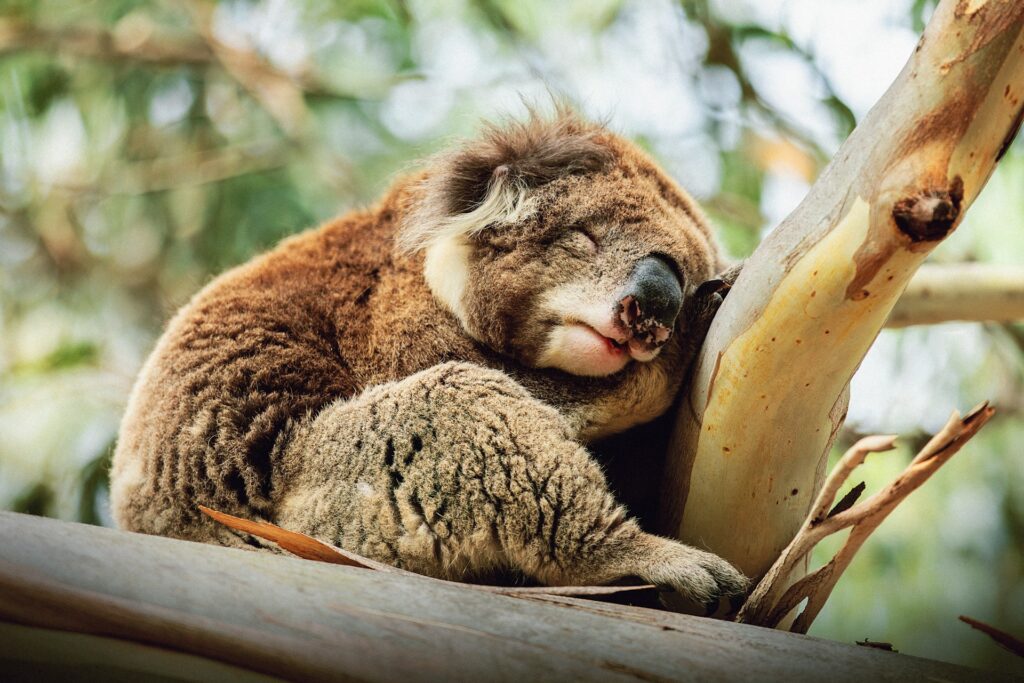
But animals do it very differently—and in many cases, much more cleverly. Some sleep with one eye open. Some barely sleep at all. And some have found ways to get the rest they need without ever lying down. If you thought you had an odd relationship with sleep, wait until you see how it works in the wild.
Dolphins sleep with half their brain awake.

Dolphins (and some whales) are unihemispheric sleepers—meaning only one half of their brain shuts down at a time. The other half stays alert enough to surface for air and keep an eye out for threats. It’s not exactly a relaxing nap, but it works. They’ll even close one eye while the other stays open, depending on which side of the brain is active. It’s a built-in safety mechanism and a brilliant solution for living in water 24/7.
Horses sleep standing up, but only lightly.
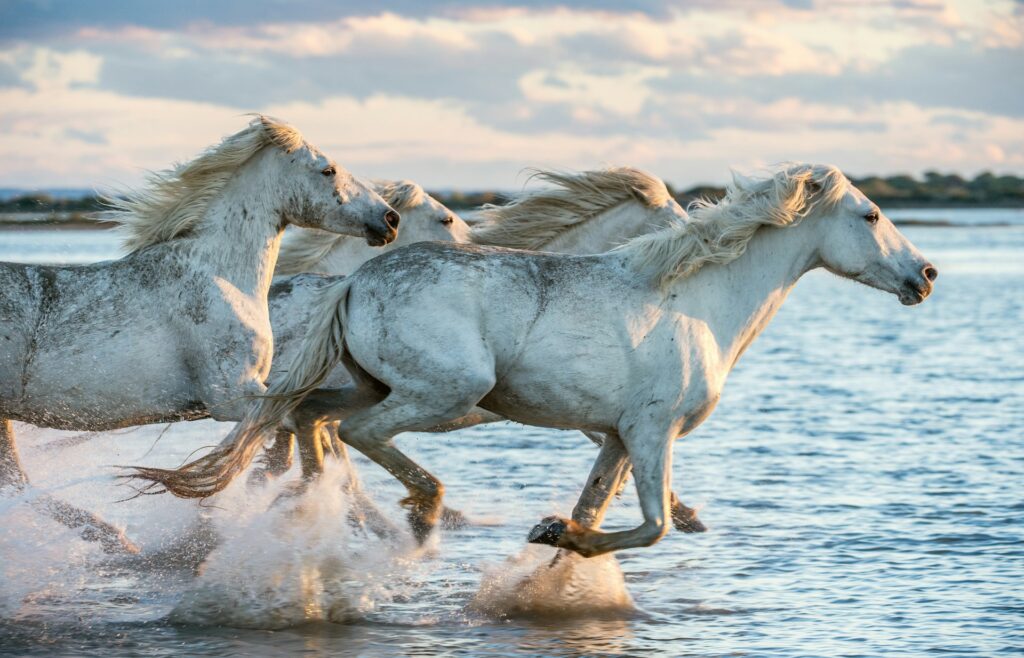
Horses can lock their legs in place using a group of ligaments known as the “stay apparatus,” which allows them to doze without collapsing. It’s handy in the wild, where staying on your feet means a faster getaway if danger shows up. But while they nap standing up, they do still need to lie down now and then for deeper sleep. They just don’t do it often—or for very long—because lying flat for too long can actually cause health problems.
Birds can sleep while flying.

It sounds like a myth, but it’s true—certain birds, like frigatebirds and swifts, are capable of sleeping mid-flight. They do it in very short bursts, and again, it’s usually unihemispheric (one side of the brain at a time). Some birds have been recorded flying for weeks without landing, catching sleep in micro-naps while gliding. It’s not deep rest, but it’s enough to keep them going during long migrations. If only long-haul flights worked the same for us.
Otters hold hands when they sleep in water.

Sea otters often float on their backs when they sleep—but they’re not just drifting aimlessly. They’ll hold paws with each other, or anchor themselves using bits of kelp, to stop getting separated by currents. It’s both practical and sweet. By sleeping in groups and staying linked, they reduce the risk of drifting apart or being picked off by predators. It’s a gentle reminder that even in sleep, safety can be a group effort.
Giraffes only sleep for a few minutes at a time.

Giraffes are one of the lightest sleepers in the animal kingdom. In the wild, they average just 30 minutes to two hours of sleep per day—usually broken into short naps. They’re vulnerable to predators, so lying down to sleep is a risky move. When they do lie down, it’s often only for a few minutes. Sometimes they even rest their head on their own rump like a built-in pillow. It’s sleep, but not as we know it.
Cats experience REM sleep just like humans, but much more often.
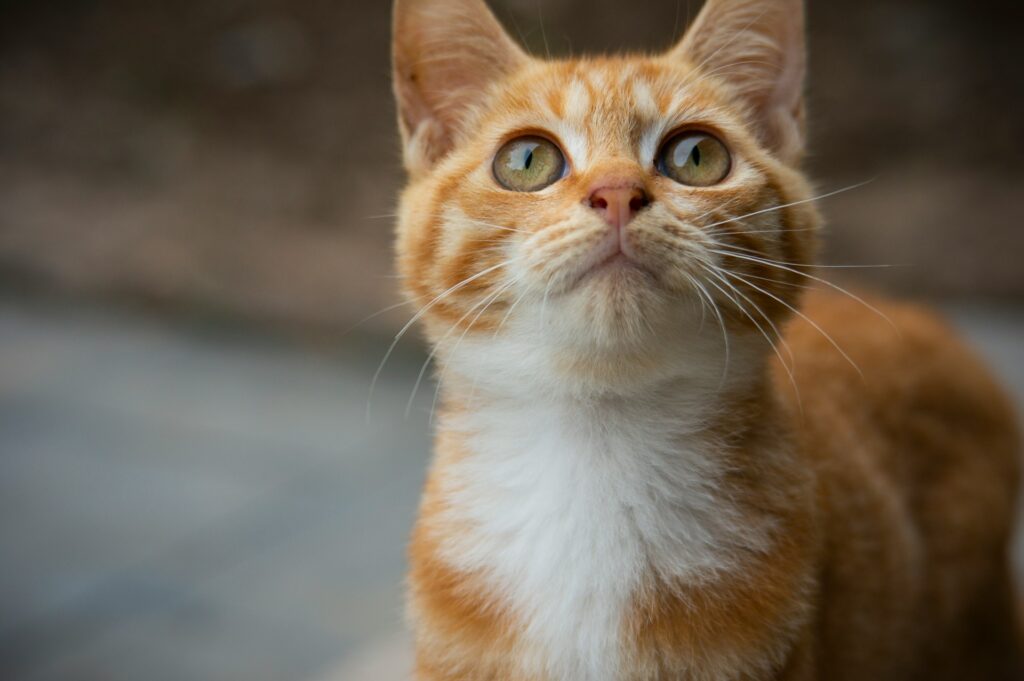
You’ve probably seen your cat twitching, paddling their paws, or making tiny noises while asleep. That’s REM sleep—when dreams happen—and cats spend a lot of time in that state. While adult humans typically have a few REM cycles per night, cats cycle through it many more times. Kittens spend up to 75% of their sleep in REM. It’s thought to play a role in brain development and memory. So all those naps? They’re not just laziness—they’re learning time.
Migrating birds reduce their need for sleep without crashing.

During migration, some bird species drastically reduce how much they sleep—but somehow don’t suffer the way we would if we tried the same. White-crowned sparrows, for example, can go days with barely any sleep and still function. Researchers think their brains enter ultra-short resting states that don’t require full shutdown. There’s even some evidence that parts of their brains rest while the rest keeps going. It’s the kind of resilience that would make shift workers weep.
Sharks don’t all sleep the same way.
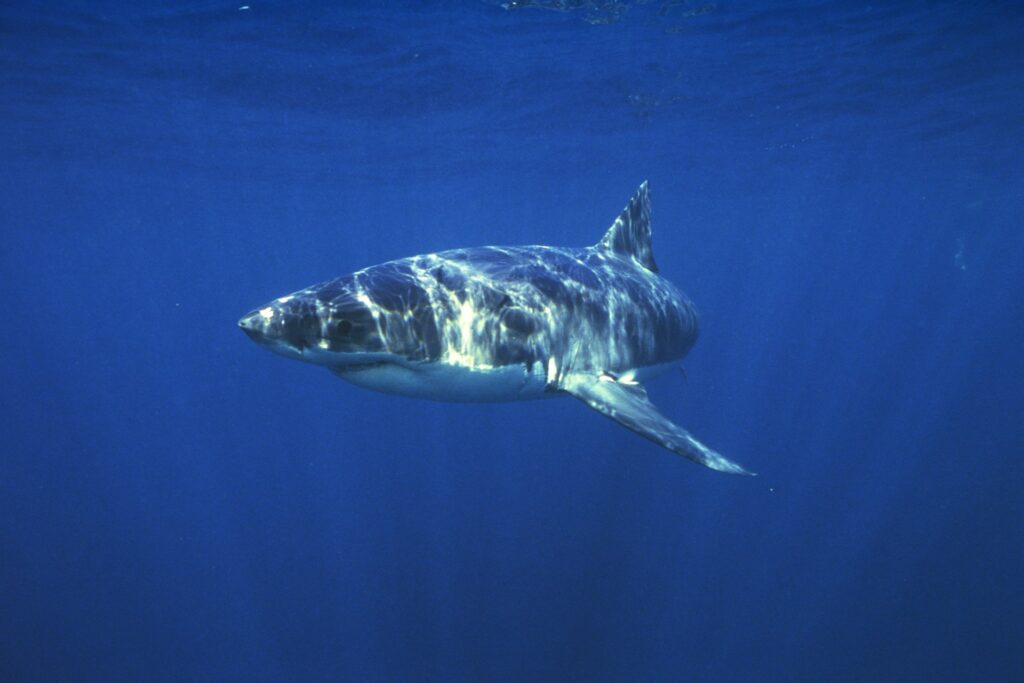
There’s a common myth that sharks never sleep—but the truth is a bit more complicated. Some species do need to keep swimming to breathe, so they enter restful states while still on the move. Others, like certain reef sharks, can lie still on the ocean floor and breathe through special muscles that pump water over their gills. It’s not sleep in the way mammals do it, but it’s rest all the same—just adapted for life in the deep.
Meerkats sleep in a pile for safety and warmth.

Meerkats live in close-knit groups, and their sleeping habits reflect that. At night, they retreat to underground burrows and sleep in tight clusters. Piling on top of each other helps conserve heat, especially during cold desert nights. But it also keeps the youngest and weakest safe in the centre, with stronger adults on the outside. Even in sleep, meerkats are looking after each other—making it more than just rest, but reassurance too.
Some reptiles sleep with one eye open.
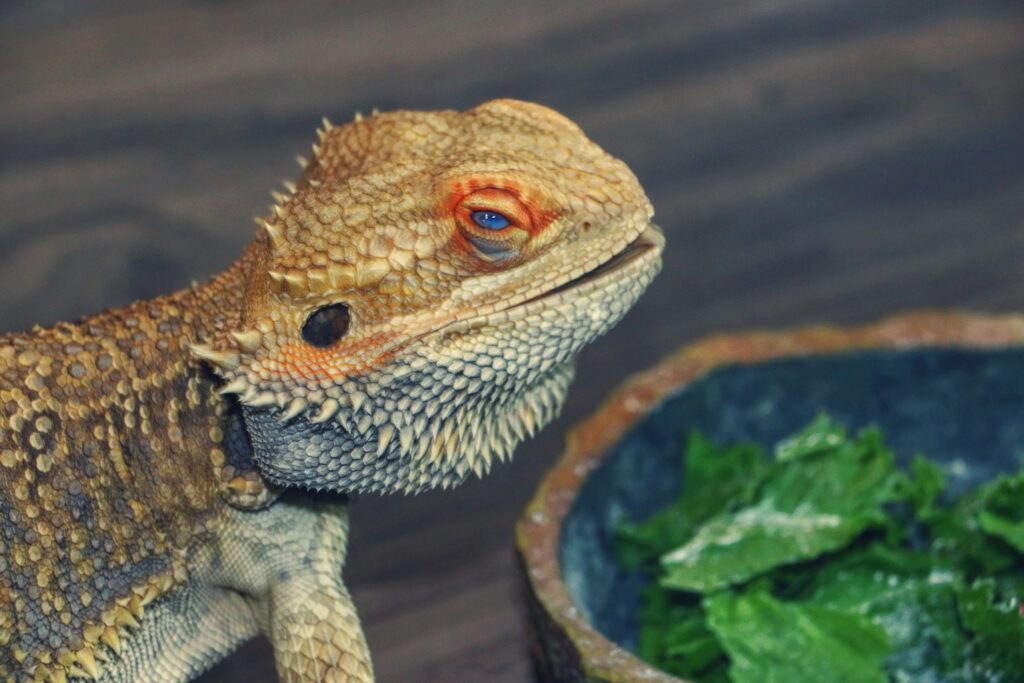
It’s not just a saying. Certain reptiles, like some species of lizards, have been observed keeping one eye open while asleep—likely as a way to monitor for predators. The exact mechanism isn’t fully understood, but it’s thought to be similar to the unihemispheric sleep seen in birds and marine mammals. It’s a compromise between needing rest and staying safe, and it’s surprisingly effective. Humans can try this during a meeting, but the results are usually less convincing.
Bats sleep upside down, and for a very long time.
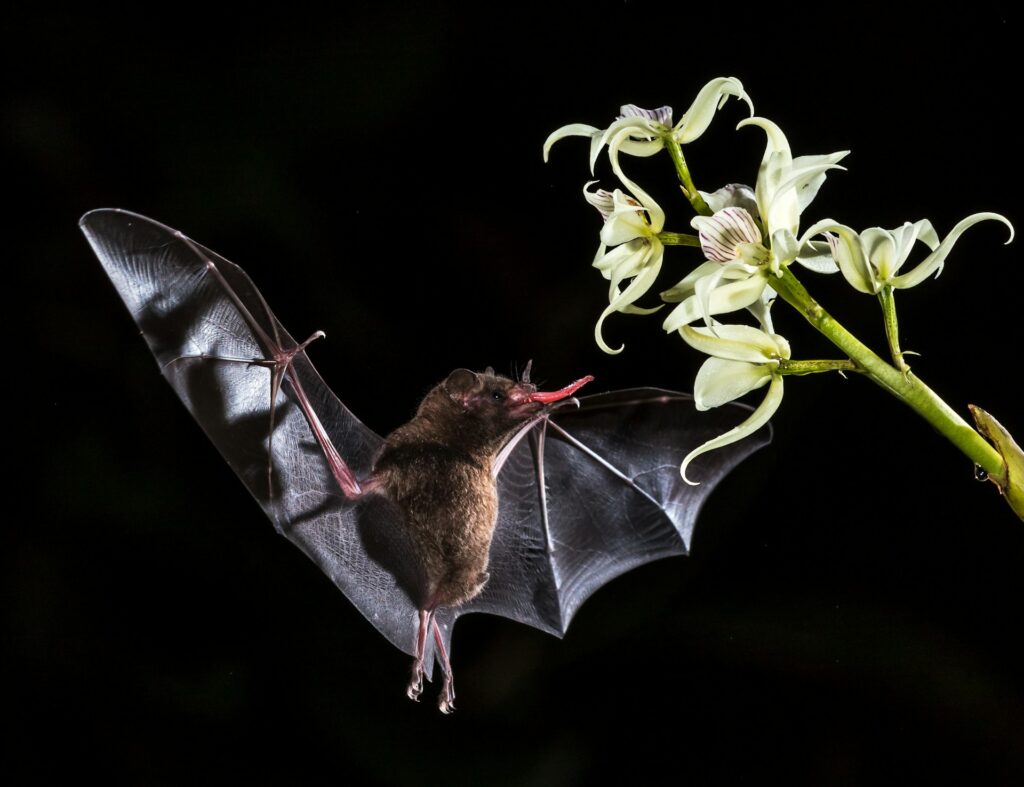
Most bats roost hanging upside down, tucked into caves, trees, or even buildings. What’s more impressive is how much they sleep—some species log up to 20 hours a day. It’s a combination of conserving energy, avoiding predators, and matching their sleep to when it’s safest to be still. Their legs are specially designed to lock in place when they hang, so they’re not using any effort to stay put. It’s the ultimate lazy setup—gravity does all the work.
Sleep, for animals, isn’t always about switching off and checking out.

It’s strategic, shaped by danger, survival, and evolution. While we curl up under a duvet and (hopefully) switch off for eight hours, animals are out there sleeping on their feet, mid-air, underwater, and upside down—getting just enough rest to carry on. If nothing else, it makes you appreciate your bed a little more—and realise just how inventive nature really is.